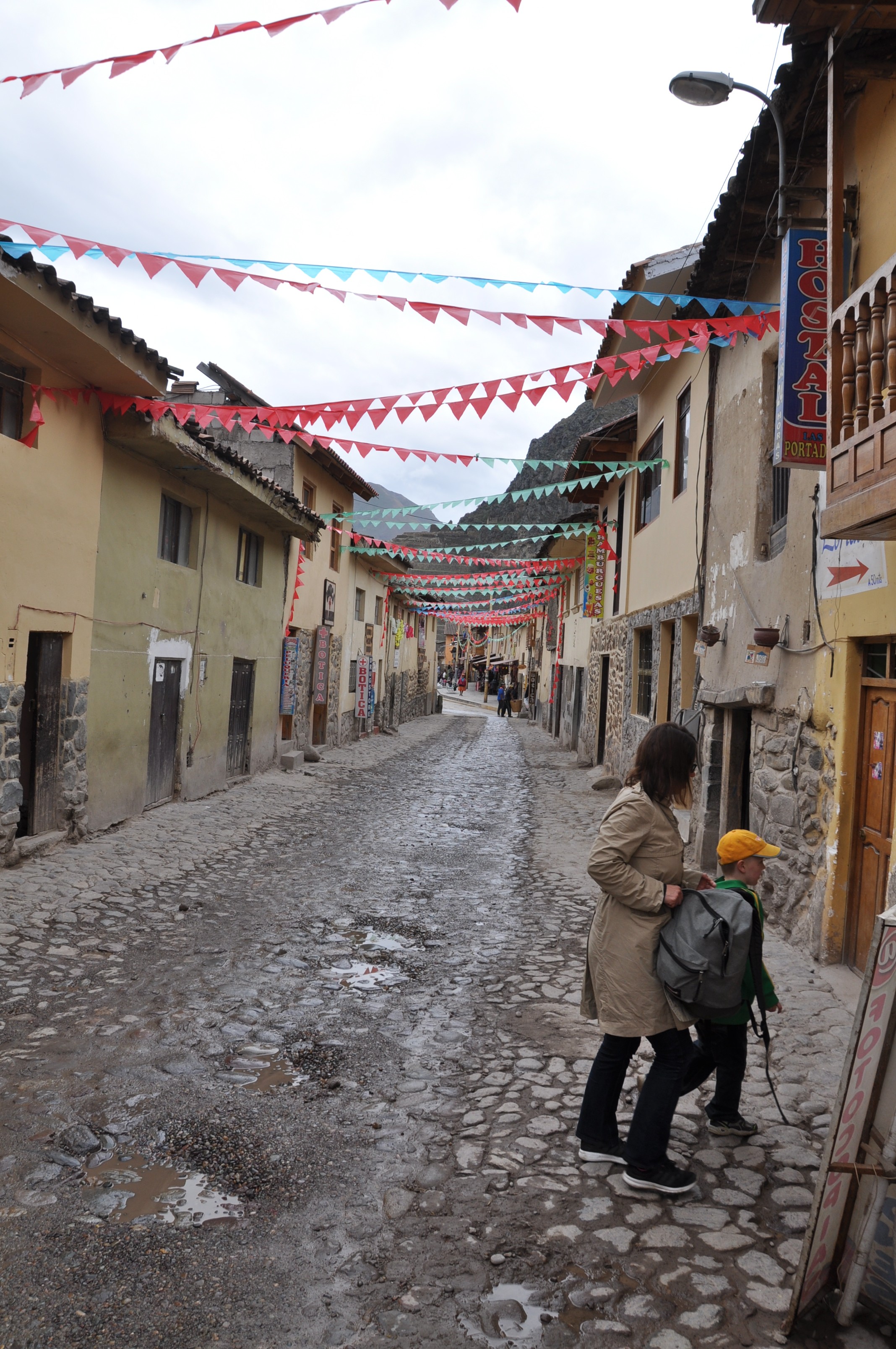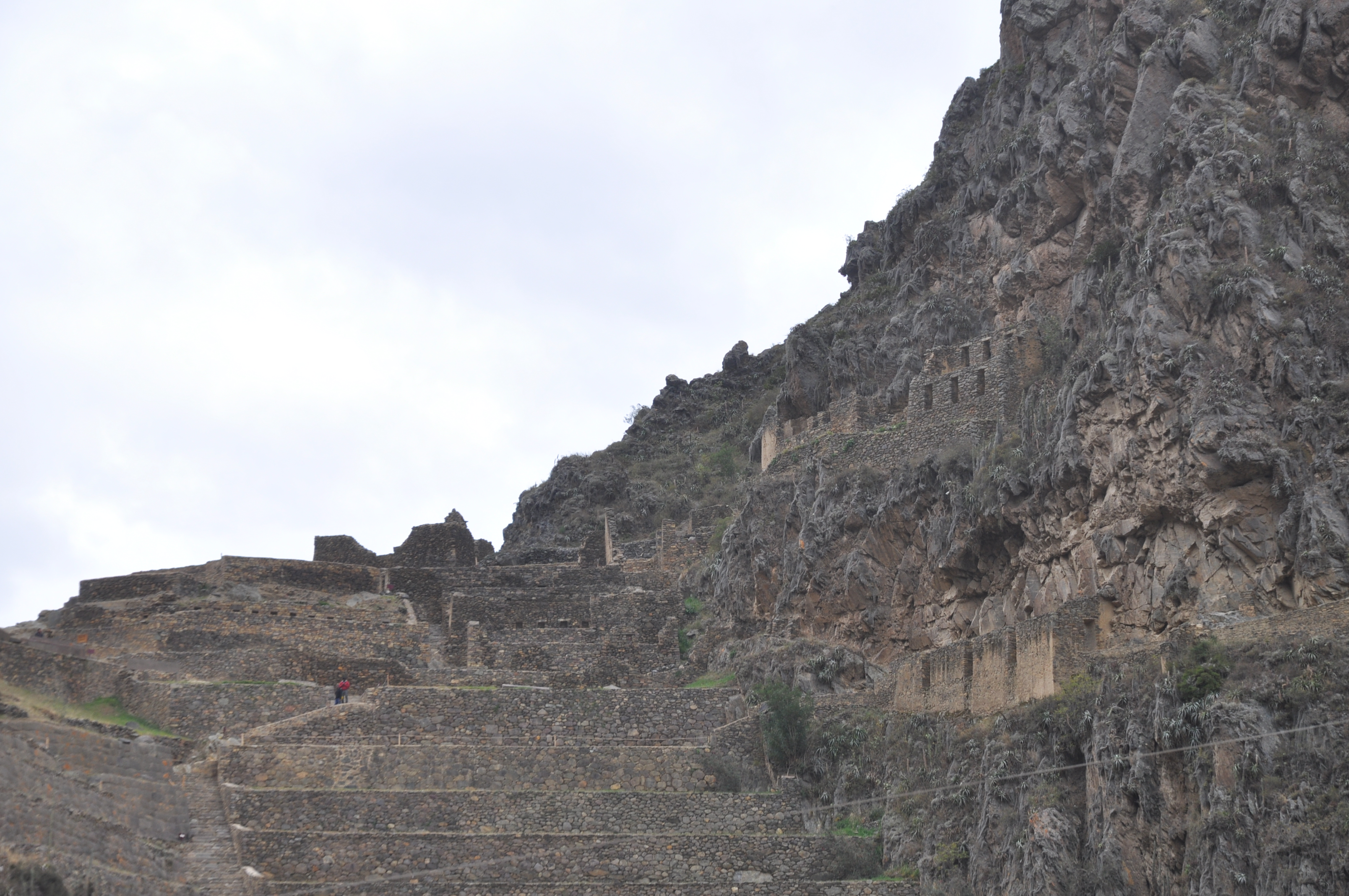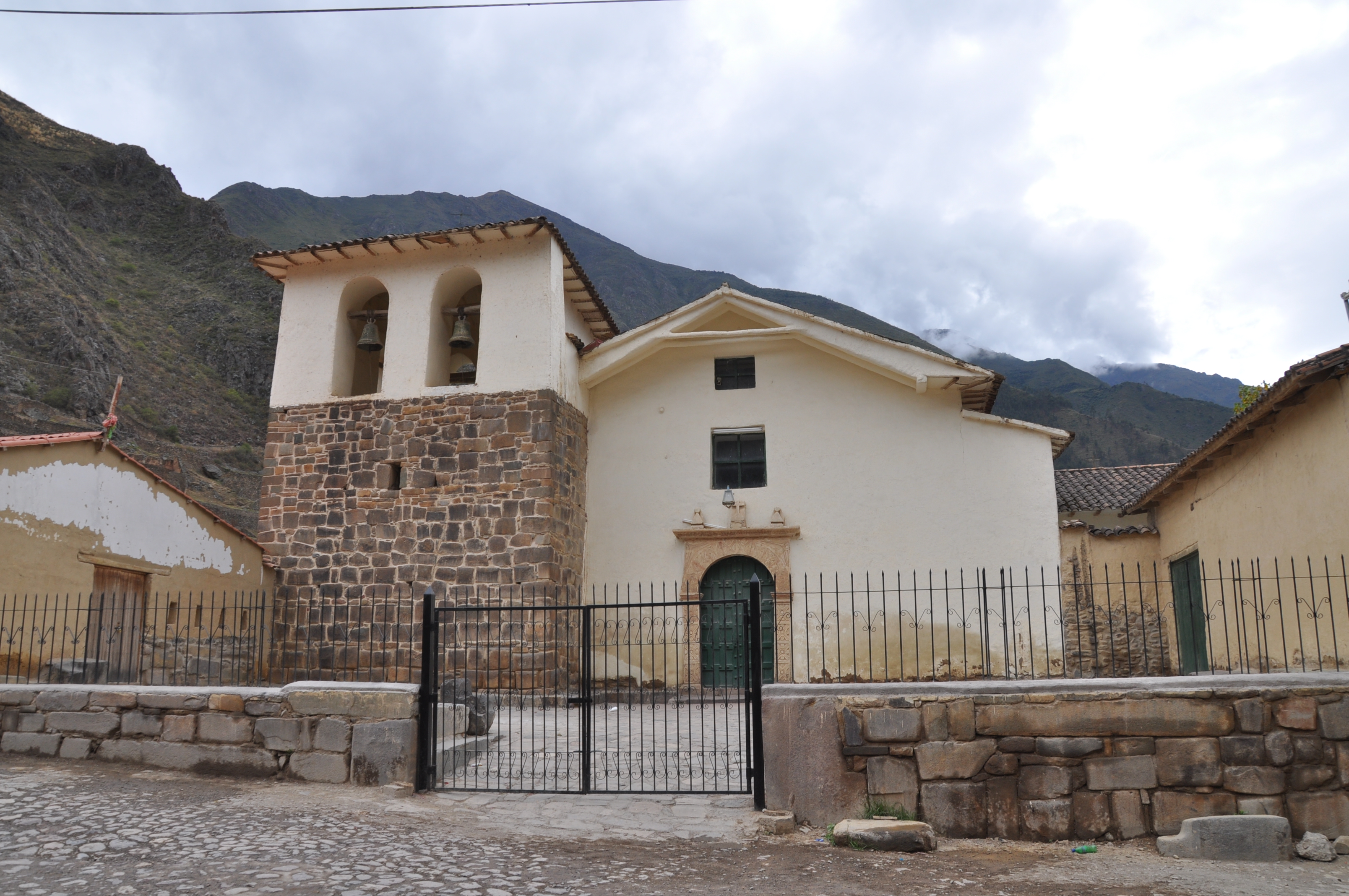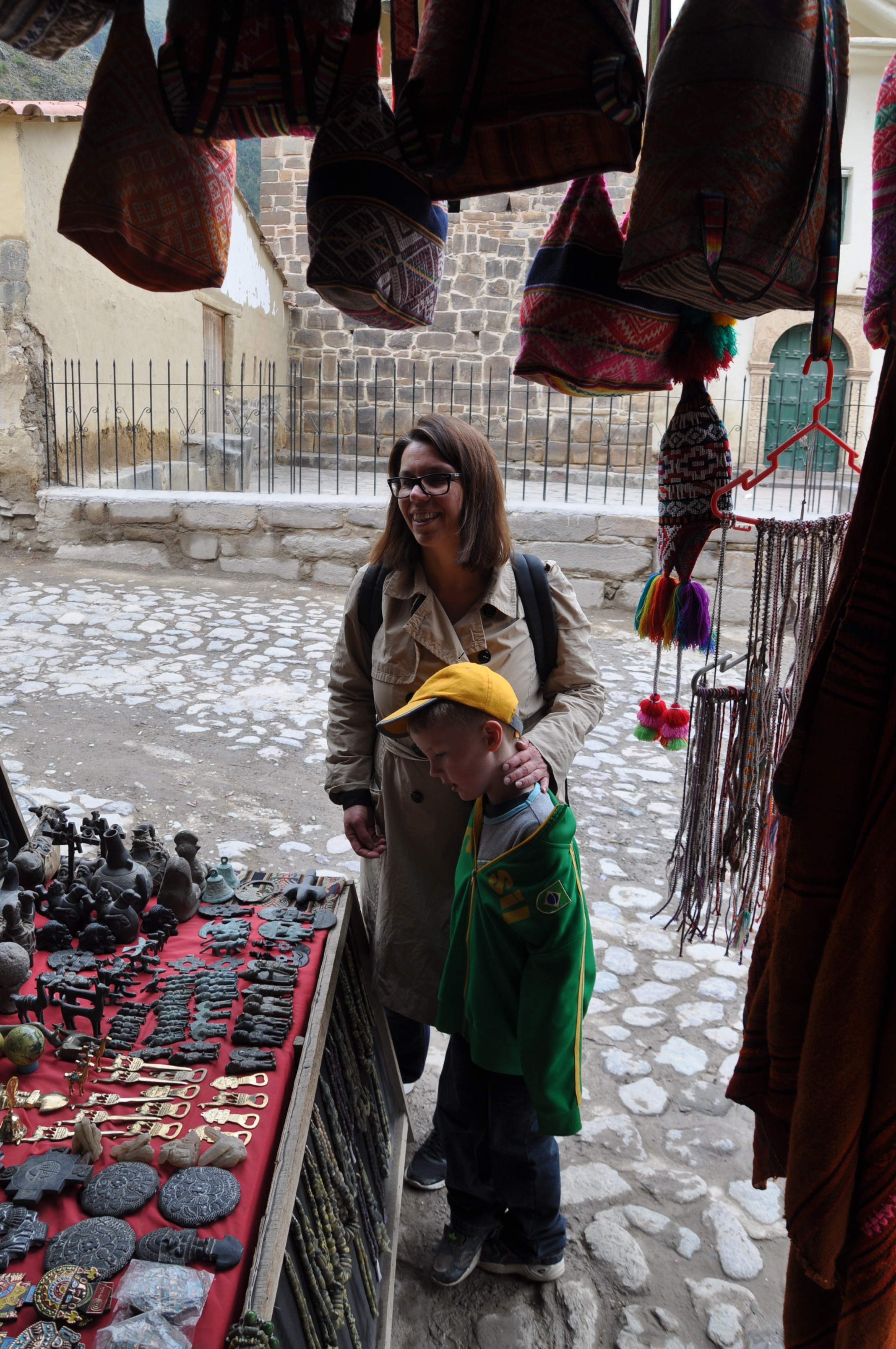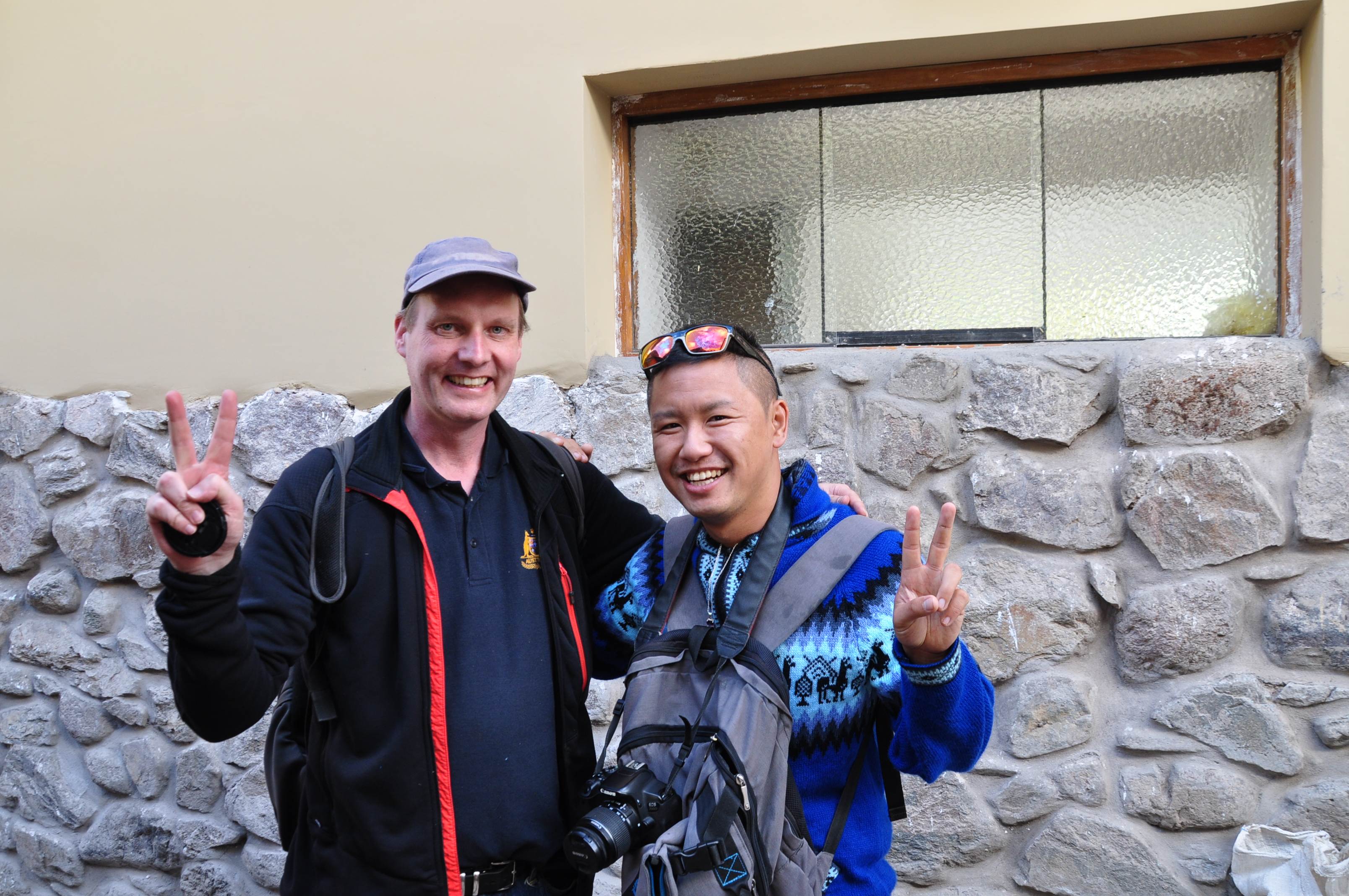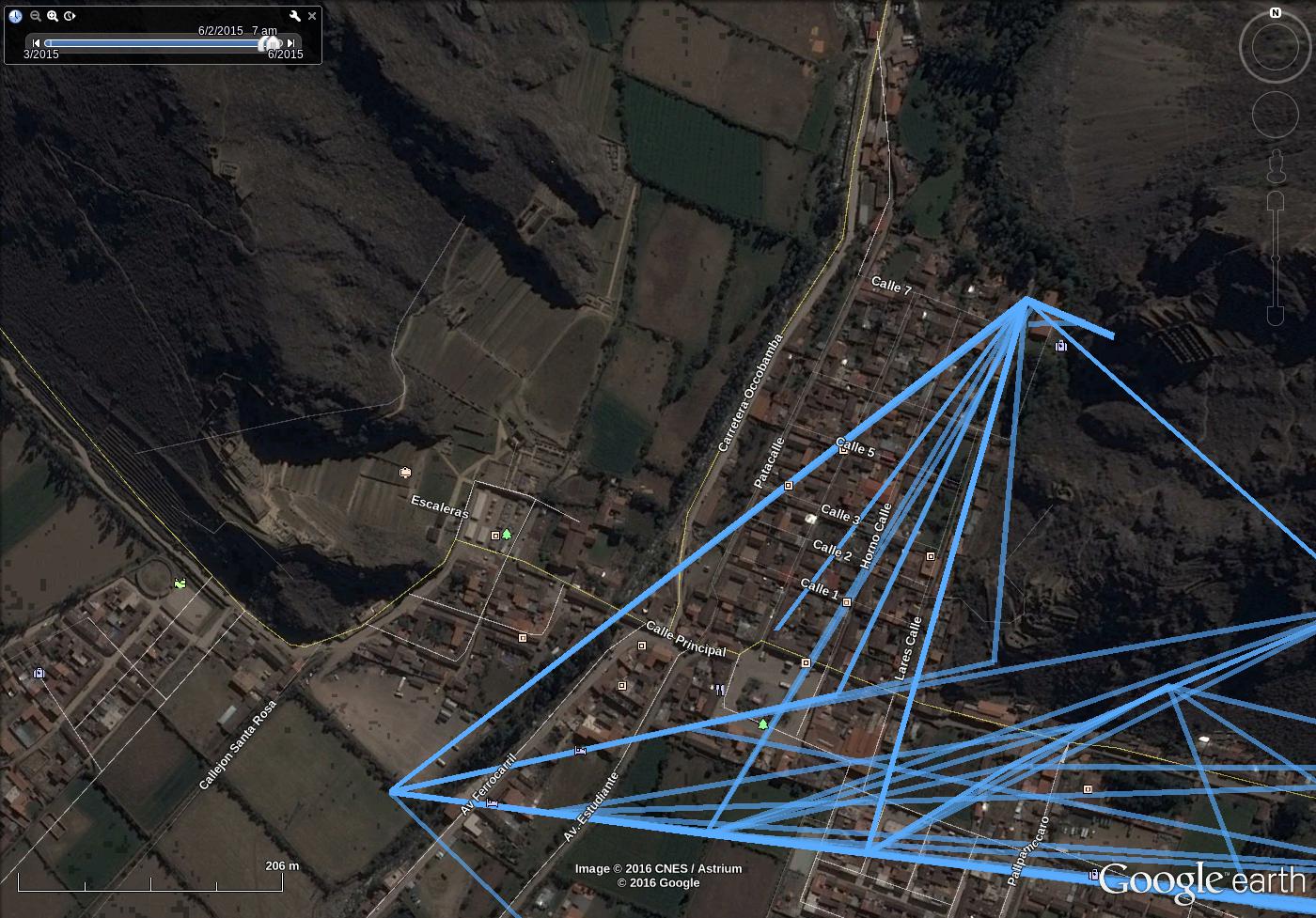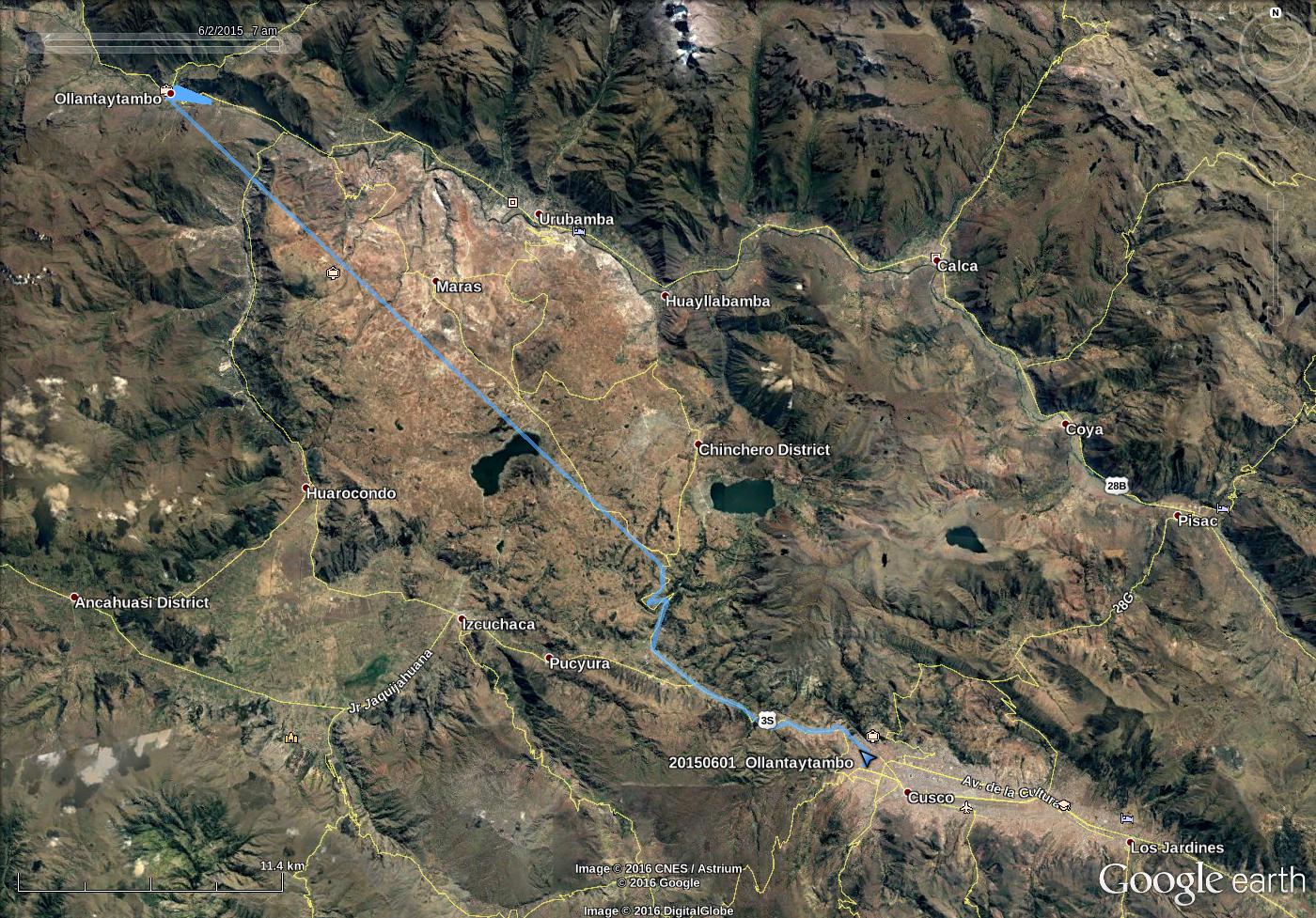History
Ollantaytambo is known for its Inca ruins, and in particular a fort. The village with its narrow cobble stone streets was continuously inhabited since the 13th century. Build by Inca emperor Parachcuti who conquered the region in the 15th century its orthogonal layout followed the typical design of an Inca settlement. The town was incorporated into Parachcuti’s personal estate so he had lodging for the Inca nobility built.
In 1536, it shortly became a focal point of the Spanish conquest. The Manco Inca Yupanqui, who was installed by the Spanish in Cusco as a puppet emporer in 1533, had turned against them as a result of the Pizzaro brothers mistreating him. In 1535, he escaped, drafted an army of around 200.000 Inca warriors, and returned to Cusco in early 1536 besieging it. 10 months into the siege he had to retreat to Ollantaytambo after the Inca were defeated in the battle of Sacsayhuamán abvoe the city of Cusco. The Spanish mounted an expedition lead by Hernando Pizarro with around 100 troops and around 30000 Indian auxiliaries following them. Manco Inca had retreated to the stronghold of Ollantaytambo with troops numbering around 30000. He managed to defeat the expedition by flooding the plane immobilizing in particular the horses but also the troops, and attacking the Spanish expedition from an elevated set of high terraces. Exactly where this happened is debated. Some scholars think that it directly took place at the stronghold of Ollantaytambo (which features nice sets of terraces and a plane with an irrigation system below). Most however place the battle at the nearby plain of Mascabamba. Looking at the steep terrace one can well imagine how the Spanish were defeated despite their superior weaponry.
Our Visit
Gisela, Felix, and myself strolled around the ruins of the fort admiring the terraces and the irrigation system the Inca had build. Before returning returning to Cusco by taxi, we would have lunch at the restaurant Coffee Tree. This I would regret deeply around 6 hours later. But first things first. We went back to the hotel after lunch, and waited in the hammocks for the cab to arrive.
Once it received notice of its arrival we made our way through the cobble stone alley to the main plaza (the lodge is not accessible by car). This is where I surprisingly bumped into a Chinese travel companion whom I had repeatedly met since Torres del Paine. First in an airport bus on the way back from Torres del Paine to Santiago, then on the Easter Islands, and now in Ollantaytambo. After talking a picture together, Gisela, Felix, and myself continued our way to the cab dragging our luggage behind.
When we had arrived in Cusco I was violently torn to the next bathroom. The food poisoning I had ingested during lunch would keep me busy the whole night commuting between bed and bathroom. Not having eaten in 24 hours, we would board the plane the next day to Cusco, then to Amsterdam and Stuttgart. About 48 hours later with our arrival at home in Stuttgart, I carefully dared to eat something.
